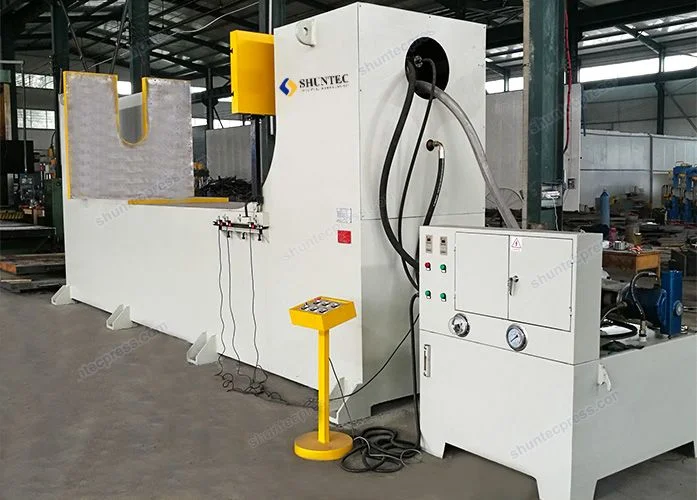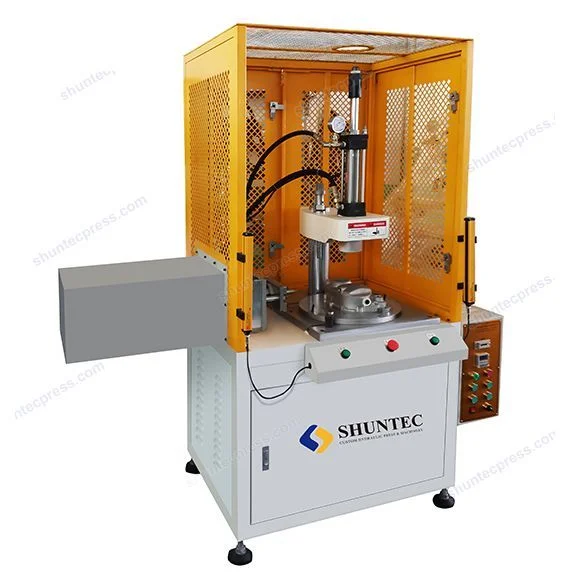Introduction
Hydraulic systems have long been a cornerstone of machinery operation across multiple industries. When it comes to injection molding machines, they play an indispensable role, ensuring precise operation, power, and longevity. This article will delve into the function of hydraulic systems in these complex machines, exploring their purpose, advantages, basic functions, and principles of operation.
Understanding the Hydraulic System in Injection Moulding Machines
A hydraulic system, in its most basic form, is a method of transferring force or motion using a pressurized fluid. It involves a tightly sealed system containing a fluid—typically a type of oil—that’s pressurized by a pump. This fluid is then directed around the system to perform different tasks.
In the context of injection moulding machines, a hydraulic system is employed to control the process with high accuracy. These machines use hydraulics to control and drive the clamp tonnage, injection, ejector, and carriage movement, among other functions.
The hydraulic system’s key components include:
- A pump: The pump pressurizes the hydraulic fluid, which is usually oil.
- A reservoir: The reservoir stores the hydraulic fluid.
- Valves: The valves control the fluid’s flow and pressure in the system.
- Actuators: These devices—often pistons or cylinders—perform the mechanical work, driven by the fluid.
- Pipes and hoses: These conduct the fluid from one part of the system to another.
The Purpose of Hydraulic Systems
In general, hydraulic systems are designed to provide power transmission and motion control. They excel in applications requiring a lot of force or torque, and where linear motion is needed.
In injection molding machines, hydraulic systems serve multiple purposes:
- They provide precise control of process variables like pressure, flow, and position. This precision is key to ensuring consistent product quality.
- They enable the application of substantial force, which is necessary for processes like clamping and injection.
- They are highly reliable and durable, capable of operating for many years with proper maintenance.
- They offer high energy efficiency, especially when equipped with modern variable-speed drives.
The Use of Hydraulics in Injection Moulding
Hydraulic systems have long been the standard for injection moulding machines due to the high force they can generate, and their excellent control over process variables. Here’s a closer look at their main advantages and uses in this context:
- High force output: Injection moulding requires substantial force, especially for high-tonnage machines. Hydraulics can easily generate the needed force, whether for clamping the mold halves together or injecting the molten plastic into the mold.
- Precision control: Hydraulics allows for precise control over machine movements and process variables. This is critical in injection molding, where even tiny variations can lead to product defects.
- Reliability and durability: Hydraulic systems are known for their long operational lifespan and reliability, especially in demanding industrial environments.
- Energy efficiency: While early hydraulic systems were less efficient than their electric counterparts, modern systems with variable-speed drives have narrowed or even eliminated this gap.
The Three Basic Functions of the Hydraulic System
The three basic functions of a hydraulic system in an injection molding machine are:
- Force amplification: The hydraulic system is designed to amplify the force exerted by the operator or the machine itself. This is necessary because the force required in injection molding is usually beyond what a human or basic mechanical system can generate.
- Simplified transmission of force: Hydraulic systems simplify the process of transmitting force from one point in the machine to another. This is achieved by pressurizing the hydraulic fluid, which can then be easily directed to where it’s needed.
- Directional control of force: Through the use of valves and other control elements, the hydraulic system can direct force precisely where and when it’s needed. This is essential for controlling the various movements and processes in an injection molding machine.

The Principle and Working of Hydraulic System
The fundamental principle behind hydraulic systems is Pascal’s law, which states that when pressure is applied to a fluid in a confined space, the pressure change is transmitted equally in all directions. This principle allows hydraulic systems to amplify and transmit force efficiently.
In an injection moulding machine, the hydraulic system works as follows:
- When the machine is turned on, the hydraulic pump—driven by an electric motor—starts to pressurize the hydraulic fluid.
- The pressurized fluid is then directed to different parts of the machine through a series of pipes and hoses.
- When the machine needs to perform an operation—for instance, opening the mold—the relevant control valve is activated. This allows the pressurized fluid to flow into the appropriate actuator.
- The actuator—often a hydraulic cylinder—uses the pressure of the fluid to generate force. This force is then used to perform the mechanical work, such as opening or closing the mold.
- Once the operation is completed, the control valve directs the fluid back to the reservoir, and the cycle begins anew.
Conclusion
The hydraulic system in an injection molding machine plays a critical role, facilitating precise control, enabling high force output, and ensuring reliable operation over many years. It serves to amplify, transmit, and direct force as needed, and operates based on the simple yet powerful principle embodied in Pascal’s law.
As we move into the future, the hydraulic systems in injection molding machines will continue to evolve, integrating advanced technologies for improved performance, energy efficiency, and environmental friendliness. However, their basic function—transferring force with precision—will remain a cornerstone of these machines’ operation.


